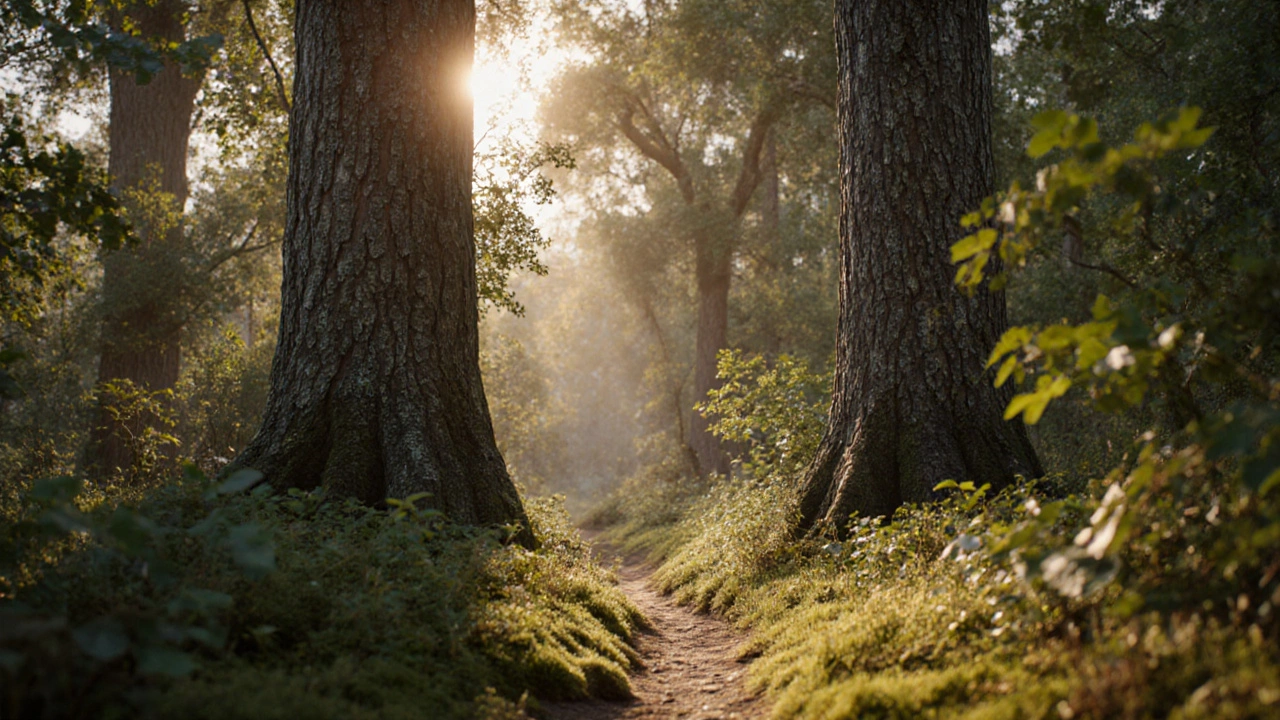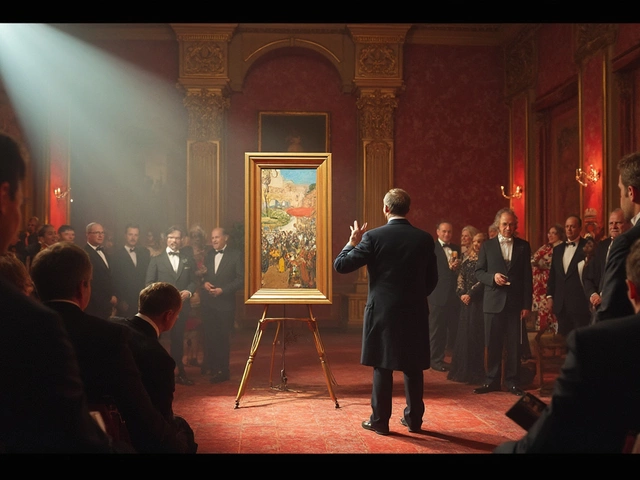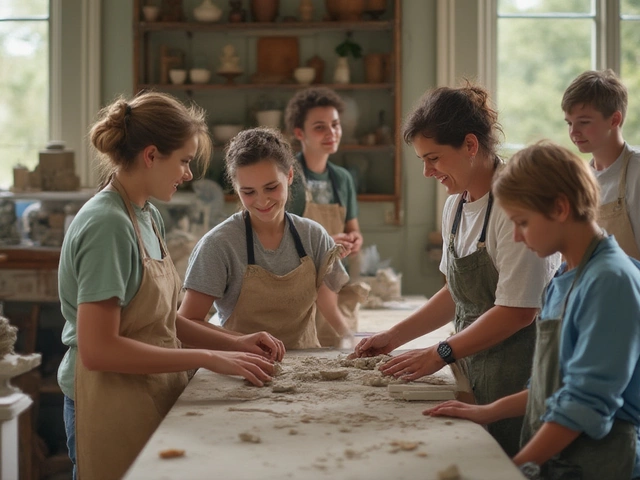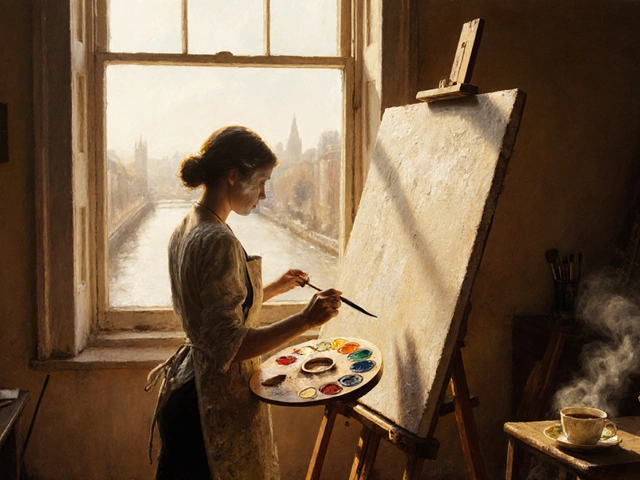Landscape Painting Styles: A Practical Guide
When working with Landscape Painting Styles, the various techniques and artistic approaches used to depict outdoor scenery. Also known as scenic art, it lets artists capture mood, light, and place in a single frame. Understanding these styles means knowing the tools that shape them. For example, Oil Painting, a medium that uses pigments mixed with drying oils to create rich, layered textures offers depth that works well for dramatic skies, while Watercolor, a fast‑drying, water‑based medium prized for its transparency and spontaneity captures fleeting light with ease. Both mediums are staples in the toolkit of any landscape painter, and choosing the right one depends on the effect you want to achieve.
Key Techniques and Mediums
Landscape painting styles encompass several sub‑genres. Realism, a style that strives for accurate, detailed representation of nature leans on precise brushwork and careful color matching. Impressionism, a movement that favors loose strokes and vivid color to convey atmosphere often uses broken color and rapid execution to suggest rather than define forms. Abstract Landscape, an approach that reduces scenery to shapes, colors, and textures pushes the viewer’s imagination, relying on mood over exact detail. A less common but powerful method is the Grisaille Technique, a monochrome painting style that builds value with shades of gray before adding color. Grisaille can add dramatic tonal depth to any landscape, especially when combined with oil or acrylic layers.
Each style demands a specific set of skills and materials. Landscape painting styles require an eye for composition, an understanding of light, and the ability to translate three‑dimensional space onto a flat surface. Artists often start with a quick sketch to map horizon lines and focal points, then choose a medium that aligns with their chosen style. Oil painters might employ the "slow over fast" rule to ensure lower layers dry before adding glazes, while watercolorists rely on wet‑on‑wet techniques to blend colors naturally. Those exploring grisaille begin with a limited palette of blacks, whites, and grays to establish form, later glazing with color for subtle richness. Whatever the path, the key is experimenting with texture, layering, and color temperature to capture the essence of the scene.
Below you’ll find a curated selection of articles that dive deeper into each of these approaches. From detailed guides on activating oil paint to best practices for rolling watercolor works, the posts cover the full spectrum of knowledge you need to master landscape painting styles. Browse through, pick the techniques that resonate with you, and start turning your outdoor inspiration into compelling artwork.
Best Landscape Painting Styles: Which One Suits Your Vision?
Explore the top landscape painting styles-from Realism to Abstract-compare their traits, find the right fit, and get practical tips to master your chosen approach.
Continue Reading




